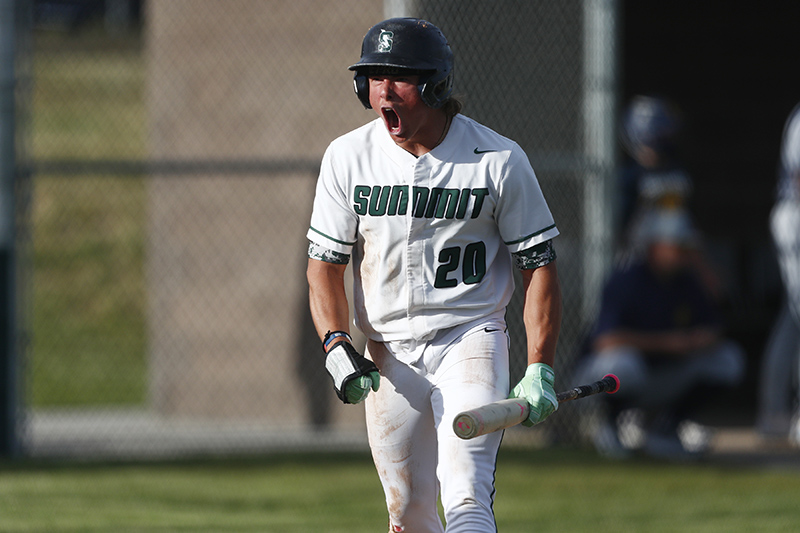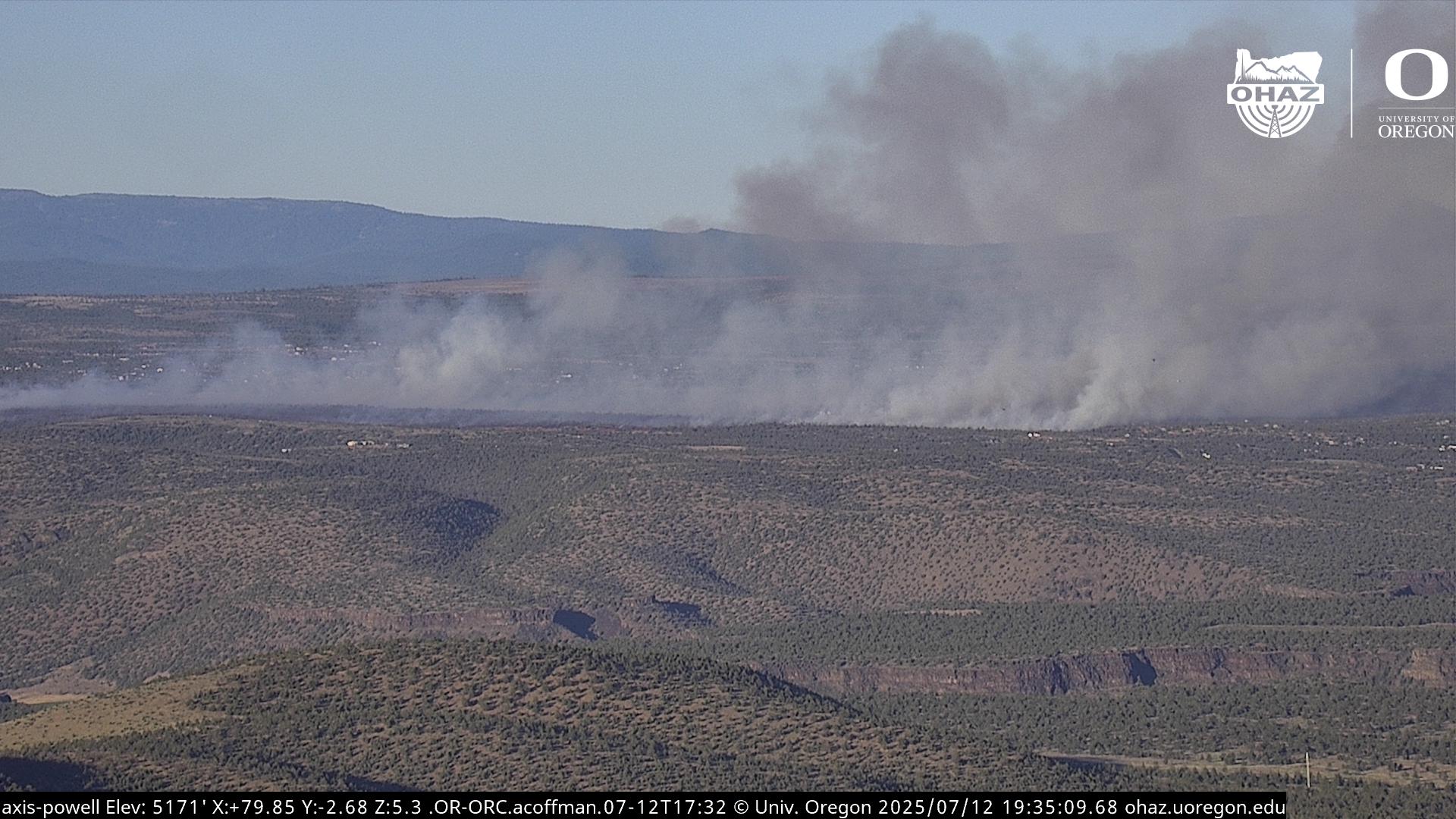Trump says a ‘valve’ can solve California’s water woes. Experts say it’s not true.
Published 6:23 am Thursday, January 23, 2025
It’s one of California’s thorniest problems. The nation’s most populous state is full of sprawling cities, vast farmland, rich ecosystems – and it must decide how to divide scarce water resources among them.
But for President Donald Trump, the solution is simple: Turn a valve and more water will flow.
Trending
“Los Angeles has massive amounts of water available to it,” Trump said at a news conference Tuesday. “All they have to do is turn the valve.”
As Trump prepares to visit Los Angeles, which has been ravaged by wildfires, on Friday, he has offered different theories for how Southern California could get more water to fight fires. He is blaming a minnow-sized fish, claiming water can be diverted from Canada and suggesting a single valve could be turned to solve the state’s water woes.
Trump said during a Fox News interview on Wednesday that California Gov. Gavin Newsom (D) “can release the water that comes from the north.”
“There is massive amounts of water, rainwater and mountain water that comes through with the snow, comes down as it melts, there’s so much water they’re releasing it into the Pacific Ocean,” Trump said.
But experts say solving the drought-stricken state’s water scarcity isn’t so simple.
“The president is injecting himself into a difficult, complex situation that people have been working on for” years, said Tom Holyoke, a western water politics expert at California State University at Fresno.
Trending
“There is no ‘valve,’” he added.
– – –
It’s not about a fish. It’s about demand.
It seems unremarkable: slim, silvery, only a couple inches long. Yet Trump, in one of his first actions reentering the White House, has taken aim at a tiny, obscure fish called the delta smelt.
The smelt was once everywhere in the Sacramento–San Joaquin River Delta in Northern California, serving as a key food source for birds and bigger fish. But the diverting of water to irrigate the region’s farms, along with pollution and wetland development, decimated the population.
“It was the dominant pelagic forage base for the estuary,” said Andrew Rypel, a fish ecologist at the University of California at Davis. “Everything ate it, including humans.”
In the 1990s, state and federal officials declared it threatened with extinction, requiring a certain amount of water to flow through the river system to sustain its dwindling numbers. The rest of the water is pumped to irrigate farms and serve as drinking water for cities.
Ahead of his inauguration, Trump blamed Newsom for protecting an “essentially worthless fish” instead of sending more water to Southern California for the fires. In a Day 1 memo titled “Putting People over Fish,” Trump directed his deputies to “route more water” away from the delta to other parts of the state.
But with Southern California’s reservoirs above historical levels, a lack of water from upstate wasn’t why some firefighters struggled to find water during the blazes. Hydrants ran dry instead because of spiking demand that made it difficult to refill them.
John Buse, general counsel at the Center for Biological Diversity, a conservation group, said Trump is “scapegoating” the fish. “There’s literally no real connection between the fires in Southern California and delta smelt protections,” he said.
Trump’s crusade against the fish arose during the 2016 campaign, as he appealed to California Republicans who wanted to see more water flow to farms. During his first term, Trump sought to expand California farmers’ access to water at the expense of the smelt, but he was stymied with a lawsuit from California.
“I don’t think we should give California anything until they let water flow down,” the president told Fox News on Wednesday. “They talk about the delta smelt, it’s a little tiny fish like this. They say it’s an endangered species. Well, how is it endangered? No wonder it’s endangered, it’s not getting any water. How do you – if you have a fish and you’re stopping the water, isn’t that going to hurt the fish?”
Though Trump has spoken critically of Newsom’s handling of the fires, the governor said in a statement Tuesday, “I look forward to President Trump’s visit to Los Angeles and his mobilization of the full weight of the federal government to help our fellow Americans recover and rebuild.”
Asked about the mechanics of Trump’s water proposal Wednesday, the White House did not respond.
Now, California’s growers are happy to see Trump try to reopen the issue.
Allison Febbo, general manager of the Westlands Water District, which provides water to California farmers, said her group was “grateful to see that the water supply issues facing California are a priority of the Trump administration.”
But Holyoke said Trump’s memo alone is a “symbolic gesture,” as it asks the Interior and Commerce departments simply to restart work from the first Trump administration.
As for the fish itself, scientists say it is functionally extinct, perhaps persisting in only small numbers. Recent surveys have failed to find a single one. But ecologists say the continued water flows meant for the endangered smelt help sustain other fish, including salmon.
– – –
‘Detached from reality’
In recent days, Trump has also talked about the vast supply of meltwater pouring down from Canadian mountains and the ability to turn a “very large faucet” that would help California.
Water experts in the West dismissed Trump’s suggestion that Canada could solve California’s water problems or that water from the Columbia River in the Pacific Northwest could be diverted there, as no such canal or pipeline exists.
“That idea is completely far-fetched and detached from reality,” said Miles Johnson, legal director at Columbia Riverkeeper, an Oregon-based nonprofit that seeks to protect and restore the water quality of the Columbia River.
A pipeline, he said, “would be insanely complicated to create, and I think create a huge amount of friction in the American West where fighting over water is basically our national pastime.
“Beyond the logistics of it, which are probably prohibitive, taking that water out of the Columbia River, means taking hydropower off the grid,” he said. “That’s the trade-off that no one is talking about.”
Some 85 percent of the Columbia River watershed is in the United States, so if Trump intends to send its water to California, he would probably take it from the U.S. side, said Tricia Stadnyk, Canada research chair in hydrologic modeling at the University of Calgary’s Schulich School of Engineering.
But that means building some type of canal or pipeline which would be nearly “impossible,” she said.
“You’re talking about going across some of the most treacherous mountains in all of North America,” said Stadnyk, an engineer by training. “It would be a massive amount of infrastructure that would be required.”








